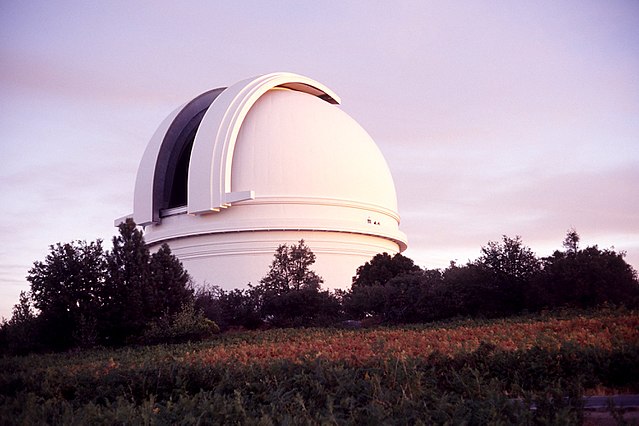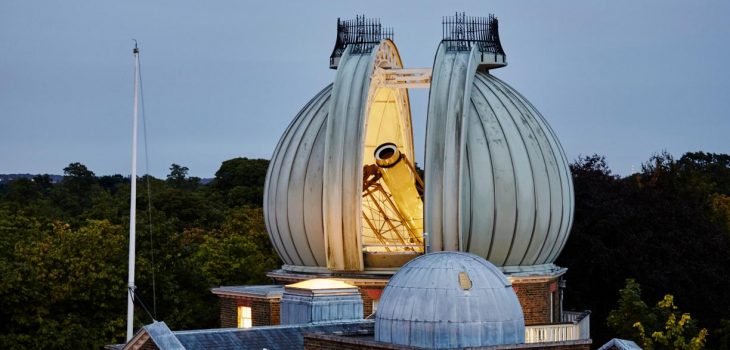Many older or "classic" telescope domes have a horizon-to-zenith opening in the dome, and this helps speed up the thermal equilibration between the inside and outside air, decreasing turbulence and its effects upon resolution.
But the Anglo-Australian Telescope has second mechanism that tightly constrains the vertical extent of the opening as well, leaving just a tiny hole barely big enough for the telescope to see the sky.
What are the benefits of each of these, and how do the minimal aperture domes deal with temperature differences?
below: Screen shot from the video A 2dF night at the Anglo-Australian Telescope found here.


